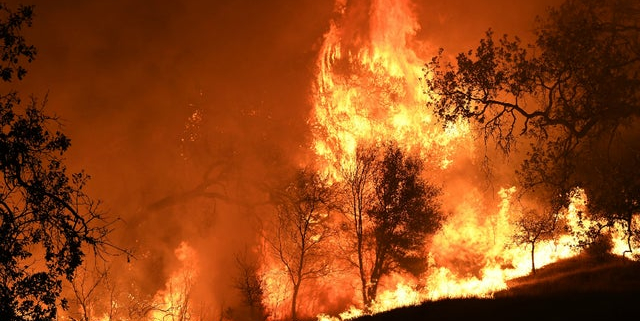Soot or Ash Claim? A Pool Inspection Pays Off
The United States is no stranger to wildfires. When wildfires are close to cities and towns, insurance companies also see a good number of property claims. When there is a pool or spa on the property, the chance of a pool or spa related claim being added to the other soot and ash issues increases.
When the pool is over 10 miles away from the actual fire, the amount of soot and ash is minimal. In many of those cases, the filter clogs and needs to be cleaned out. Of course the pool needs to be swept, but under normal circumstances pools are usually swept once a week.
Types of Soot and Ash Damage Claimed
When an inspection is done, the inspector usually needs to clean the filter system. This is done so the pool can clean itself normally, but also to verify that the grids in the filter system were not damaged by the fire debris. If this is all the pool requires, the claim is not much more than a pool cleaning – about $200.
I recall one fire that resulted in my company handling over 100 pool inspections. Sometimes the soot and ash was so bad that an acid wash was necessary, but only in a small percentage of the pools. In such cases, the claim was less than $1,000.
The big ticket item an insured sometimes asks for is a pool re-plastering. This will usually be requested because of stains in the plaster that may or may not have been caused by the soot or ash. Some claims have even blamed the fire for tiles falling off. These can amount to a $5,000 to $10,000 expense that is almost never justified.
The last category of damage claimed is for damaged motors, filters, or other pool equipment. These are rarely damaged by soot and ash.
Reasonable vs. Unreasonable Claims
I understand that some insurance companies have been accepting the insured’s estimates for pool- related damage without having an inspection or even a desk review performed. Others bring in a pool inspector on every claim. Bringing an inspector in on every claim may, at first glance, appear to be an unnecessary expense.
Given the cost of an inspection, it may make sense to accept claims if they are less than $1,000 and waive an inspection.
Claims over $1,000 but less than $5,000 are a different issue. History has shown that even though some of the property was actually damaged, over 25% was really wear and tear and not covered. 60% of the time, the claim is covered but the estimate includes upgrades, which increases the claim to more than the cost of an inspection.
Only a small number of claims cost exactly what the insured’s estimates.
Ordering a Pool Inspection
I remember hearing in the medical profession that an ounce of prevention is worth a pound of cure. This is also true in landscaping/spa claim adjusting. We do not know the extent of the damage upfront. To spend less than $1,000 to know the true condition of the pool–and more importantly the cause of loss–helps the adjuster to make educated decisions. In the most obvious damage claims where an insured’s estimate is provided, the cause of loss is wrong over 50% of the time.
Sound Advice
If the insured wants $500 to clean his pool from soot and ash, maybe it is better to save the pool inspection money and just pay the claim. However, if they want $1,000 for an acid wash or $5,000 to re-plaster the pool, which is very likely not needed, get that pool inspected.
Have you benefited from ordering a pool inspection that would have otherwise proved to have been an inaccurate claim?
Creative Commons Attribution: Permission is granted to repost this article in its entirety with credit to Landscaping Inspection Services and a clickable link back to this page.
Photo Credit: /6f5j_californiawildfire110918getty1Copy.jpg

 Photo Credit: /6f5j_californiawildfire110918getty1Copy.jpg
Photo Credit: /6f5j_californiawildfire110918getty1Copy.jpg
Leave a Reply
Want to join the discussion?Feel free to contribute!